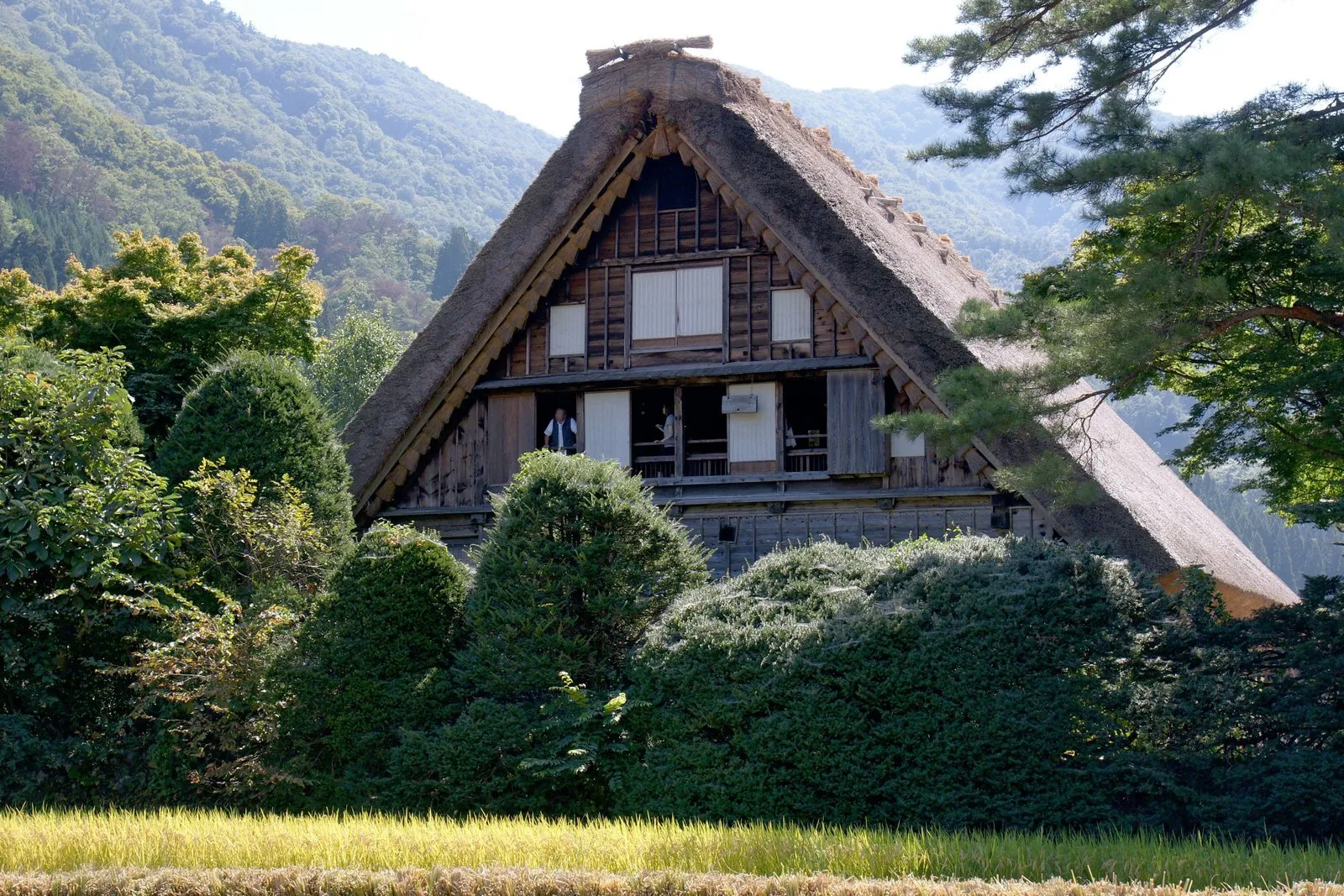

Wada House / Shirakawa-go
The Wada House in Shirakawa-go is one of the historical buildings representing the gassho-zukuri architectural style. The Wada Family is said to have been built in the Edo period and is one of the best-preserved buildings in Shirakawa-go, and is now designated as a National Important Cultural Property. The Wada family was a family of powerful feudal lords (village leaders) in Shirakawa-go, and was deeply involved in local politics and economy. In addition, the Wada family once served as an official of the shogunate, manufacturing and trading saltpeter, a raw material for gunpowder, and played an important role in supporting the village's economy. The Wada family's architecture is characterized by the gassho-zukuri style unique to Shirakawa-go, with steeply pitched thatched roofs designed to withstand the winters when large amounts of snow fall. The thick beams and pillars are supported solely by woodworking techniques, without the use of any nails. The solidity and cleverness of the structure shows the superior skills of the craftsmen of the time. Inside the house, daily necessities and tools are displayed to show how life was once lived, and the hearth on the first floor was used as a place for the family to warm themselves and enjoy meals together. The second and third floors were used mainly as a workshop for raising silkworms, and the wooden frames and shelves used for raising silkworms can still be seen. Today, the Wada House is open to visitors and is a valuable place to learn about the traditional lifestyle and history of Shirakawa-go. Visitors can gain a deeper understanding of Japan's traditional rural culture and how the gassho-zukuri houses have lived in harmony with their natural surroundings.